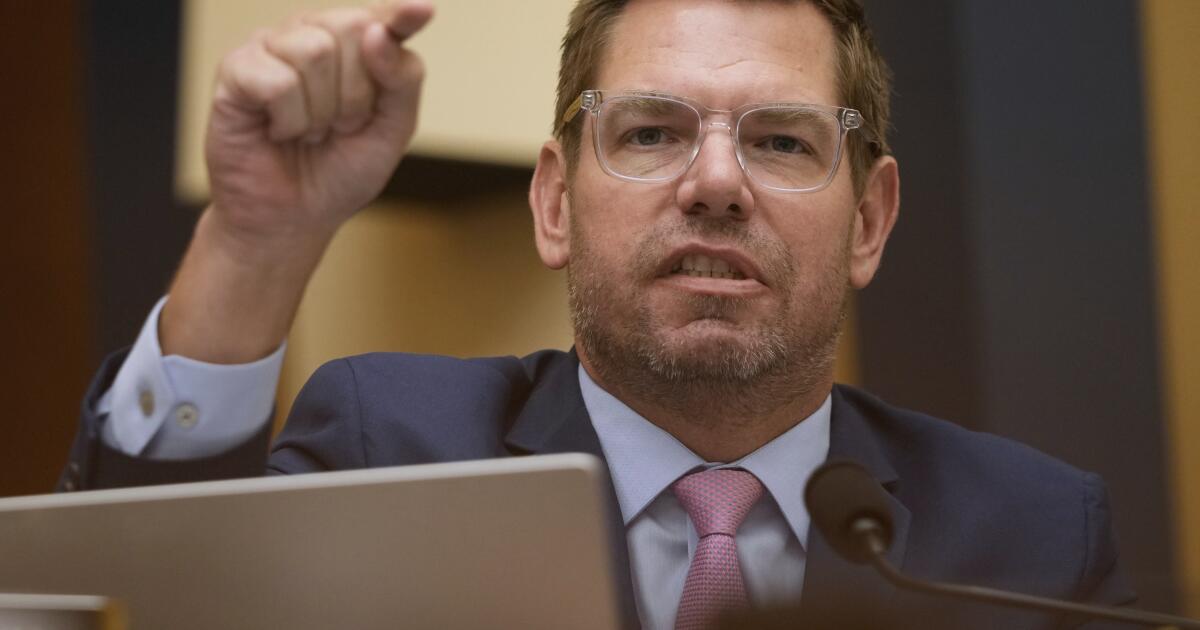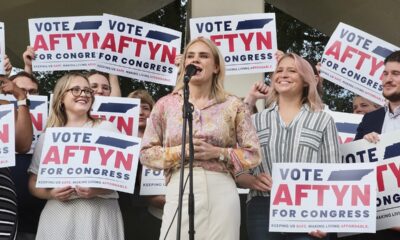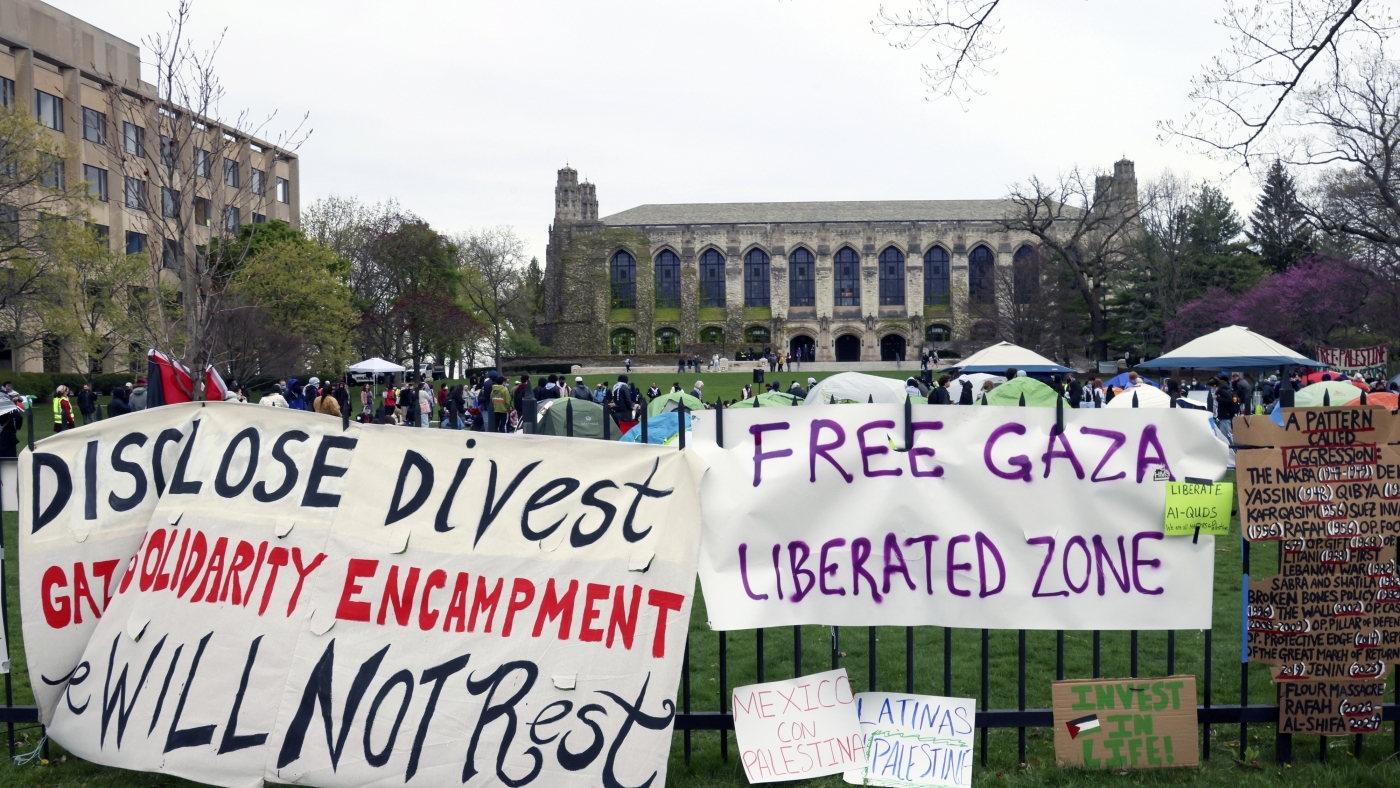Education
Student Threatened With Expulsion Over Social Posts Gets $250,000 Settlement

A month after Kimberly Diei enrolled as a doctor of pharmacy student at the University of Tennessee, the college’s professional conduct committee received an anonymous complaint about her posts on social media.
The college reviewed her posts, which included racy rap lyrics and tight dresses, and concluded that they were vulgar and unprofessional. It threatened to expel her.
For the last four years, Ms. Diei has been fighting her school in court, arguing that her posts were fun and sex-positive, and unconnected to her status as a student. Now she has won a settlement: On either Wednesday or Thursday, she expects to receive a check for $250,000 — both vindication and relief, she said.
She has also graduated from pharmacy school at the university and is now a practicing pharmacist at a Walgreens in Memphis, a job where she says her comfort with her own sexuality has been an asset.
“Viagra, that’s a very, very big seller,” she said, chuckling. “Sexual lubricants, condoms, all of that. I can’t say every day somebody’s asking me about sexual products, but it’s fairly frequent across the age range.”
Her lawsuit against the university, filed in February 2021, tested the boundaries of free expression for students in the age of social media. With the pro bono help of a lawyer with the Foundation for Individual Rights and Expression, a free-speech group, Ms. Diei challenged the university’s authority to punish her for messages posted on her own account, on her own time, and not representing her as a student. The suit argued that the public university had violated her constitutional right of free expression “for no legitimate pedagogical reason.”
About a month before she sued, the Supreme Court had agreed to hear the case of a high school cheerleader in Pennsylvania who was removed from her school’s junior varsity squad after she posted vulgar complaints about not making the varsity team. The Supreme Court ruled in her favor, indicating that courts should be skeptical of schools’ efforts to punish students’ off-campus speech.
Ms. Diei’s complaint was initially dismissed by the district court where she filed it. She appealed, and the appellate court found last September that her speech “was clearly protected by the First Amendment,” and permitted the case to go forward.
Melissa Tindell, a spokeswoman for the university, said that in line with its general practice, it would not comment on a legal matter.
Ms. Diei acknowledges that she is an unlikely poster child for freedom of expression. “I never had a strong interest in politics,” she said in an interview.
Even so, she said, she never doubted that she was doing the right thing by refusing to back down.
“I knew what was happening was unfair,” she said. “Personally, I never felt shame. But I did not appreciate the fact they were wanting me to feel shame.”
She said she is too busy these days to post on social media, and her followers on Instagram have stagnated at around 18,000, about where they were when she got into trouble.
She is not sure what she will do with her settlement money: Pay off her student loans, perhaps, or invest in the stock market. But she knows she would like to take a vacation. “Somewhere tropical, with a piña colada in my hand,” she said. “That’s where I see myself in the near future.”

Education
Video: Testing Wool Coats In a Walk-in Fridge

new video loaded: Testing Wool Coats In a Walk-in Fridge

November 24, 2025
Lacey Chabert’s Holiday Tips
0:58
Nyx’s Setting Spray Impressed Us
0:50
Padma Lakshmi’s Spice-Organizing Method
1:16
Inside a Liquidation Warehouse
0:58
Three of the Best Socks We Tried
1:09
We Tested The Viral Bounce Curl Brush
1:06
Latest Video
Visual Investigations
Diary of a Song
Magazine
T Magazine
Op-Docs
Opinion
Middle East Crisis
Advertisement
SKIP ADVERTISEMENT
Education
Video: Justice Dept. Says It Will Investigate U.C. Berkeley Protest

new video loaded: Justice Dept. Says It Will Investigate U.C. Berkeley Protest
By Meg Felling
November 11, 2025
Education
Video: Students Find Hope at This Makeshift School in Gaza

new video loaded: Students Find Hope at This Makeshift School in Gaza

By Ang Li, Nader Ibrahim, Saher Alghorra, Meg Felling and Jon Hazell
November 6, 2025
-

 Science1 week ago
Science1 week agoWashington state resident dies of new H5N5 form of bird flu
-

 Business5 days ago
Business5 days agoStruggling Six Flags names new CEO. What does that mean for Knott’s and Magic Mountain?
-

 Politics2 days ago
Politics2 days agoRep. Swalwell’s suit alleges abuse of power, adds to scrutiny of Trump official’s mortgage probes
-

 Ohio4 days ago
Ohio4 days agoSnow set to surge across Northeast Ohio, threatening Thanksgiving travel
-

 Southeast1 week ago
Southeast1 week agoAlabama teacher arrested, fired after alleged beating of son captured on camera
-

 News1 week ago
News1 week agoAnalysis: Why Democrats are warning about Trump giving illegal orders | CNN Politics
-

 Business1 week ago
Business1 week agoFormer Google chief accused of spying on employees through account ‘backdoor’
-

 Technology3 days ago
Technology3 days agoNew scam sends fake Microsoft 365 login pages





















